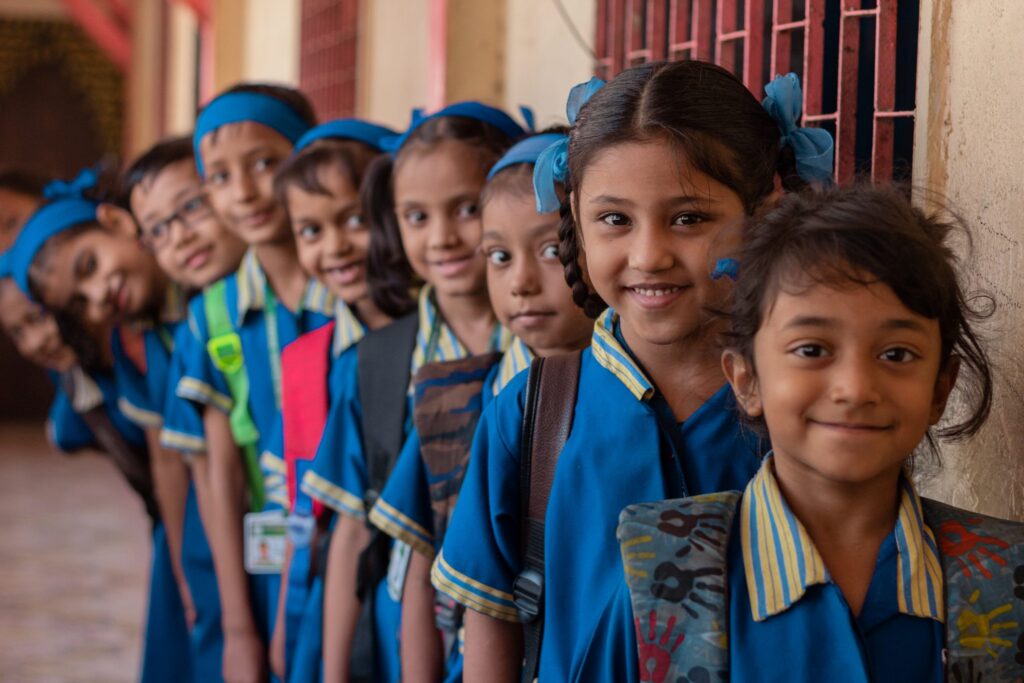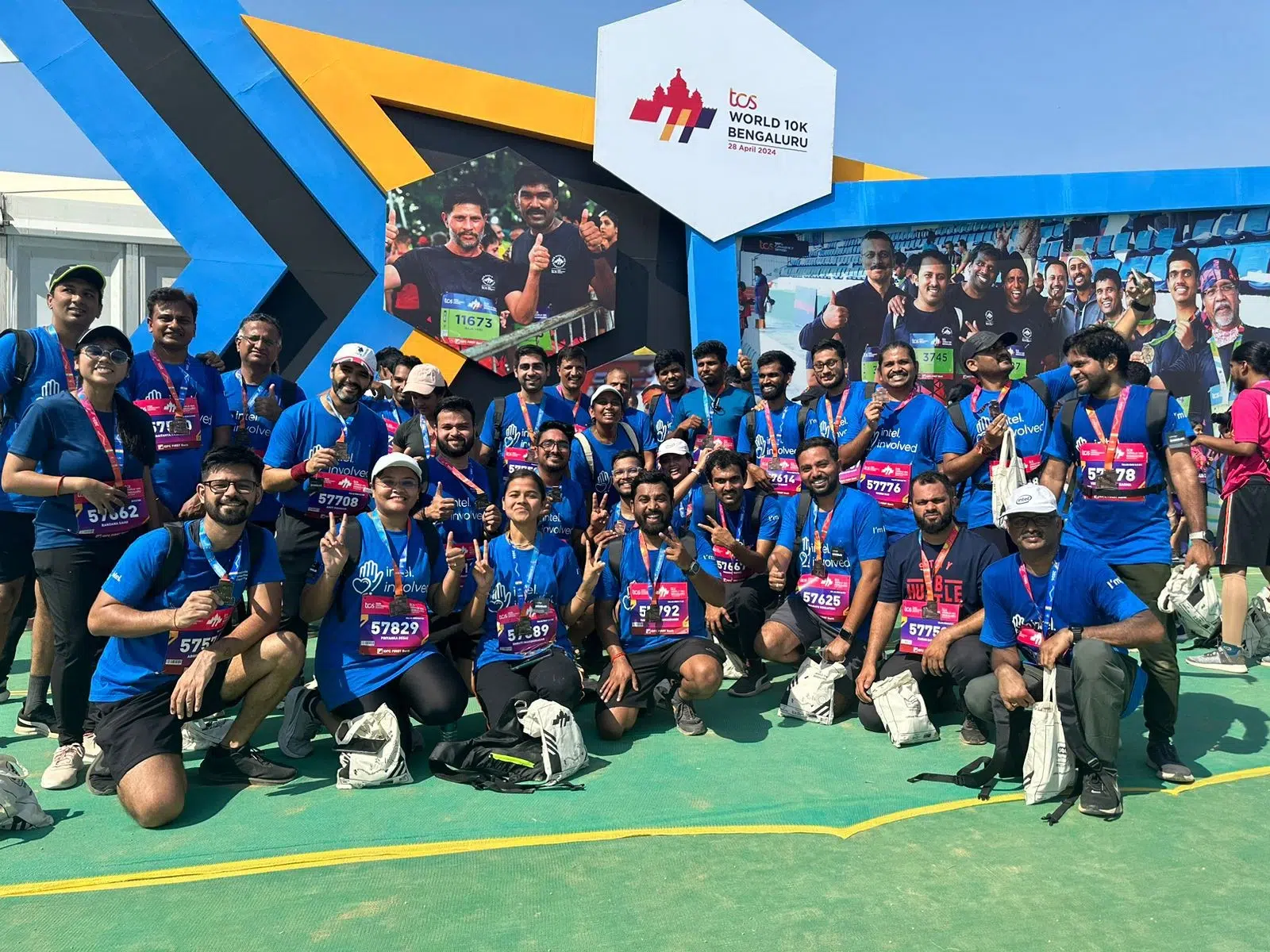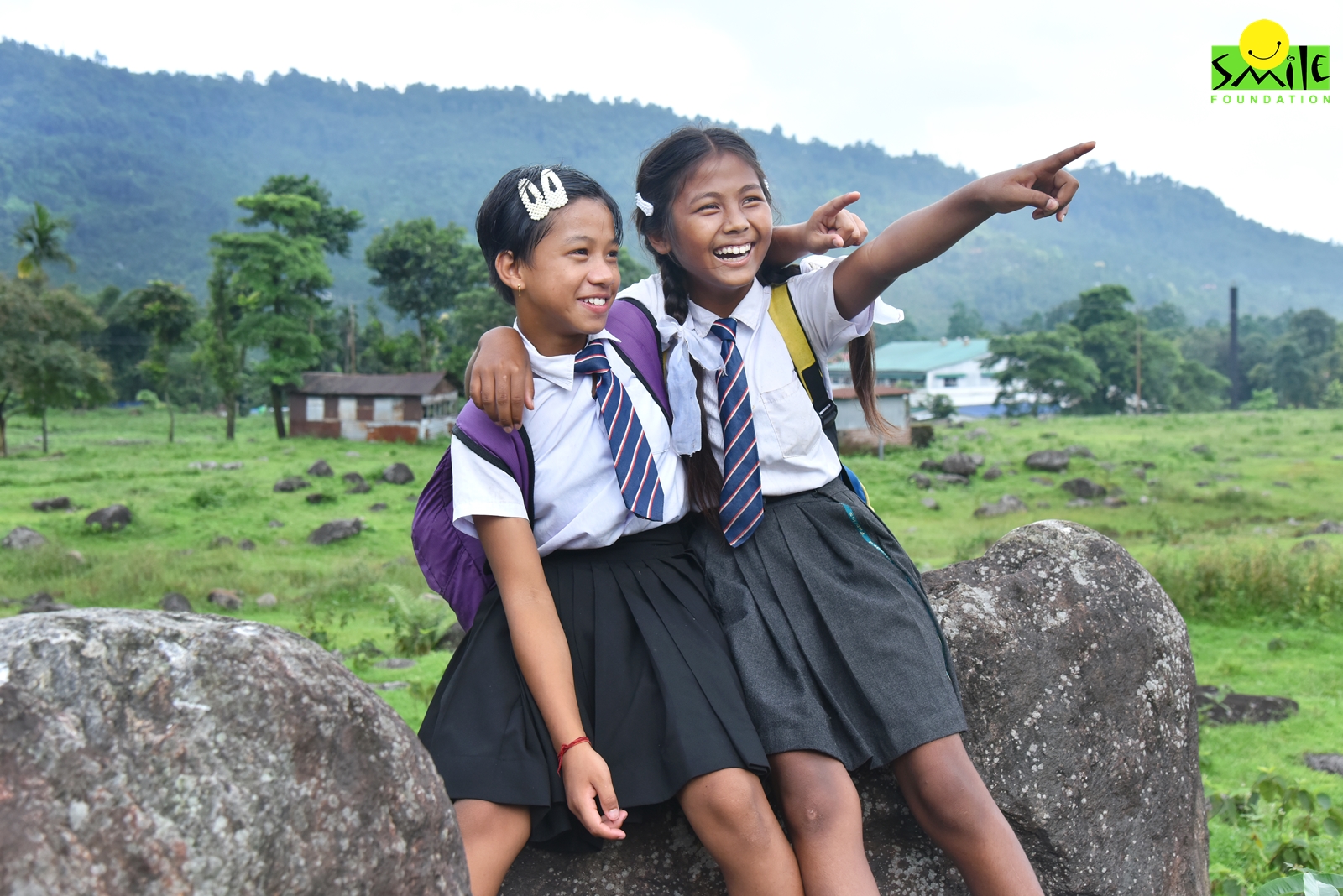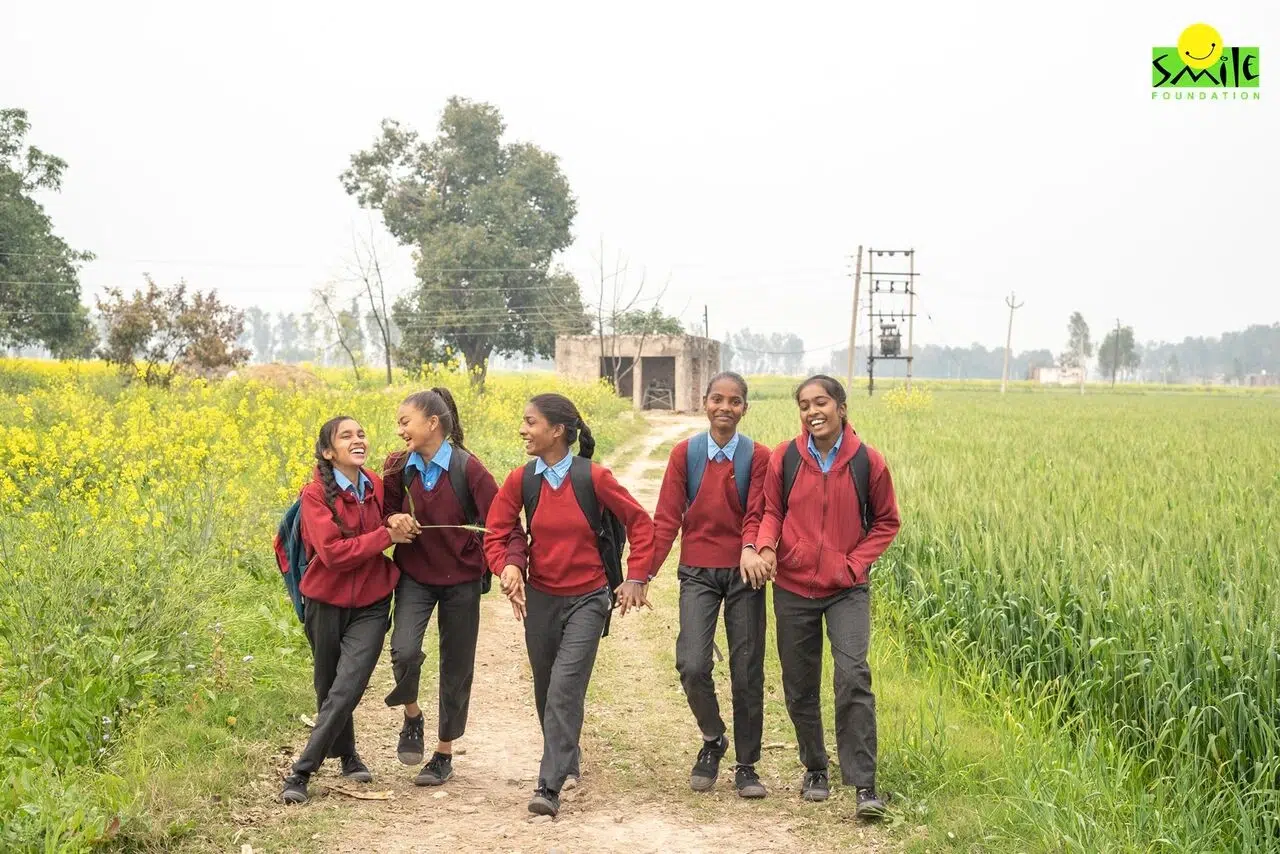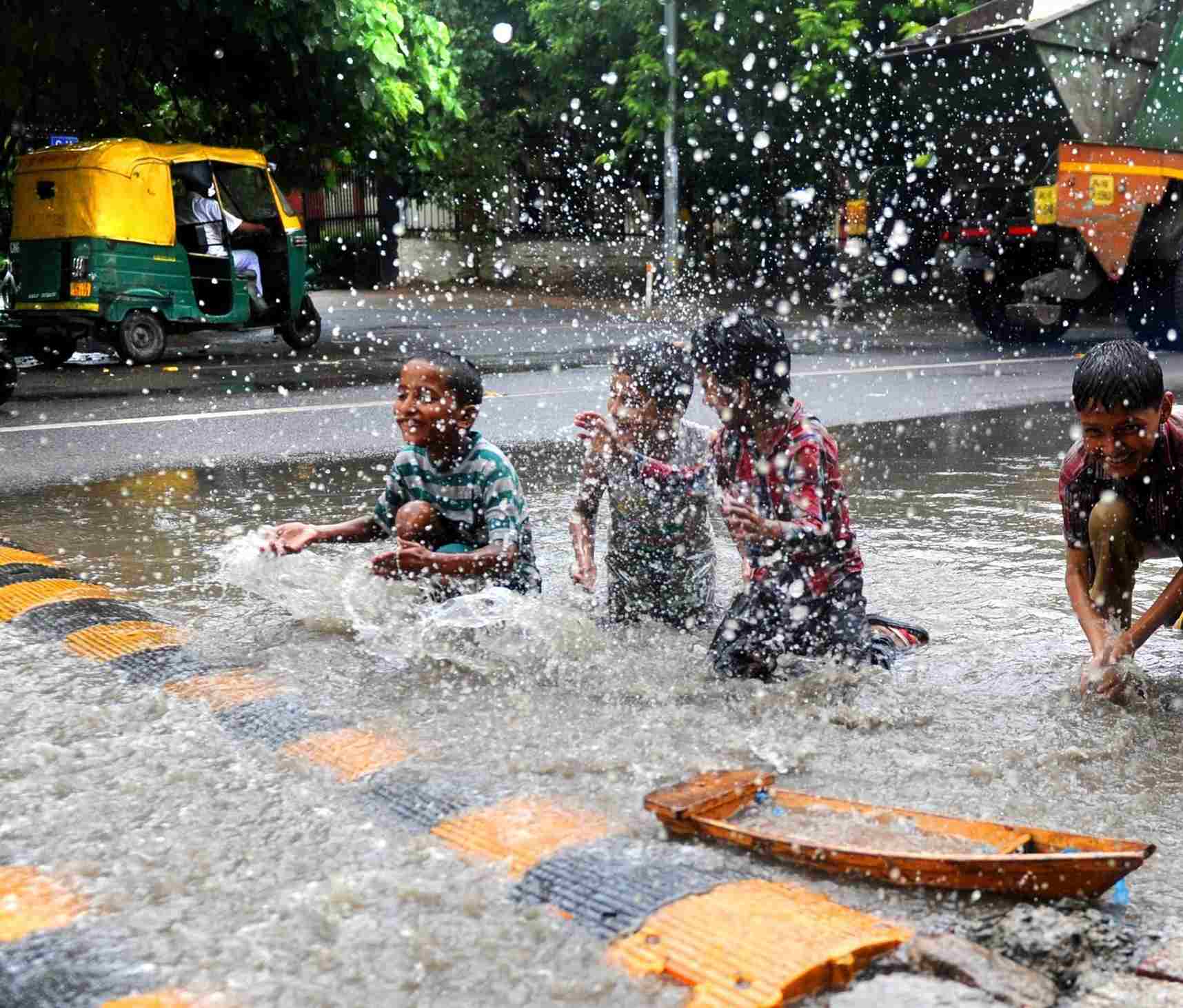Education is the most powerful weapon which you can use to change the world. – Nelson Mandela
India is one of the most diverse nations in the world. Our country is a potpourri of a culture where the cultural fabric is woven with myriad threads of different languages, religions, castes, races and ethnic groups. While diversity is a huge asset to fuel the nation’s growth, it also brings along many social, political and economic challenges reflected in the form of inequalities and discrimination based on these differences. One such social anomaly prevalent in India since ancient times is the caste system. Caste and education in India are closely inter-related with the future and success of the nation.
Caste System in India
Though the exact origin of caste system in India is not clear, it is undoubtedly one of the most complex features of Indian society. The Hindus constituting a majority of the Indian population were traditionally classified into one of the four occupational groups called ‘Varnas’. They were Brahmins (teachers, priests, religious guides), Khastriyas (kings, warriors), Vaishyas (merchants, traders) and Shudras (labourers, peasants). Besides, there was a community outside this 4-tier system who were expected to do all menial work and tasks considered impure in the society. They were outcasts and treated as untouchables. The four varnas had many occupational sub-groups within them called ‘jatis’.
The term ‘jati’ which refers to one’s caste is ascribed by birth and decides the position of an individual in the social hierarchy in ancient India. Caste-based discrimination was prominent, thus leading to historical exclusion of certain groups. However, the caste system in India has undergone massive changes with time.
Changing face of Caste Landscape in India
Caste system stood in the way of an equal and just society. The fight against this social evil started in pre-independent India itself. Many leaders and visionaries like Mahatma Gandhi, Jyotiba Phule, Dr. B.R.Ambedkar worked hard to abolish caste-based discrimination and emancipate the marginalized classes.
The effort of these leaders and factors like industrialisation, urbanisation, westernisation, spread of modern education, etc. led to the improvement in the status of historically neglected classes. The walls that once separated and divided Indian society into different castes have gradually weakened and collapsed leading to more interpenetration among castes. Adding to this, social reforms, constitutional provisions, and shift in attitude and perception of social status are changing the caste equation in India.
Correlation between Caste and Education in India
Caste and education in India share a reciprocal relationship. A more stringent caste system leads to less equity in education. Socio-economic backwardness resulting from caste discrimination over the years can be considered a major contributor to educational disparity among different castes in India.
According to a paper published in the Social and Political Research Foundation, several factors like-
- a family’s level of income,
- proximity to educational institutes,
- perceived importance of education,
- cultural norms, and
- discrimination
within institutes are some of the reasons that affect education enrollment in marginalized groups. Caste discrimination in education interferes with access to resources and equality of opportunities in education thus widening the gap between castes.
Role of education in bridging caste division
Education is a potent tool for social reformation as it holds the power to empower. Education makes a person more self-reliant, confident, informed and better equipped for handling all kinds of challenges and aspiring for a better life.
Introduction of modern education during the later part of British colonialism led to the percolation of rational and logical ideas in Indian society which brought about an attitudinal shift in traditional beliefs and practices. It led to the rise of many modern thinkers and social reformers who questioned the foundation of caste division among other social evils.
Post-independence, the government ensured to include constitutional provisions that worked towards bridging the caste division. The practice of untouchability was abolished by law and other social, economic, educational, cultural and political safeguards were included in the Indian constitution for protection of rights of Scheduled Castes, Scheduled Tribes and backward classes.
Chapter XI of the Indian Constitution provides, “The State shall promote with special care the educational and economic interests of the weaker sections of the people, and, in particular, of the Scheduled Castes and the Scheduled Tribes, and shall protect them from social injustice and all forms of exploitation.”
Affirmative Action – Need and Impact
The main motive of affirmative action is to include particular groups based on their gender, race, caste, etc. in areas where they are underrepresented such as education or employment. India’s current affirmative action policy, otherwise known as the ‘reservation policy’, is operative in three main spheres–
- appointment and promotion in government services
- admissions to public educational institutions
- and seats in Central, State and local legislatures
As part of affirmative action in education, the State reserves places for SC and ST students in educational institutions, including all colleges run by the Central or State governments and all government-aided educational institutions. This is supported by a number of financial schemes, including scholarships, special hostels for SC and ST students, fee concessions, grants for books, and additional coaching. Evidence suggests that as a result of these actions enrollment of SC and ST students in educational institutions have increased significantly.
Education- The Best Leveller
The importance of education in building an inclusive society can be summarised as follows:
- Encourages rational thinking rather than blindly following traditional beliefs
- Makes people aware of their constitutional rights, thus making them more assertive
- Imparts necessary training and knowledge for better employment opportunities and occupational diversification
- Helps fight social stigma and brings flexibility in institutions like marriage, provides ground for inter-caste marriages
- Changes perception of social status from ‘caste based’ to ‘ability and qualification based’
- Provides better opportunities of livelihood thus improving quality of life
Education undoubtedly holds the key to a better tomorrow. Today we proudly look at our hon’ble president Smt. Droupadi Murmu, a tribal woman who comes from a remote village in Odisha. Her commitment to education throughout her career is a reminder of the power of education.
There are many such positive and inspiring stories such as those of Bhagwan Gawai (CEO and chairman of Saurabh Energy DMCC) and Ashok Khade (MD, DAS Offshore) who being from Dalit backgrounds faced a lot of discrimination in early life, but completed their education and today are successful first generation entrepreneurs. They not only changed their own lives but have positively impacted many other lives by the employment generation.
Many national and international organisations working towards creating a better world thus emphasise qualitative and time-relevant education being accessible to all children as they are the future of our nation.
Given the role of education in nation-building, not just the government but civil society should also come forward and do their bit in making education more inclusive. Whether it is volunteering to teach marginalised kids or donating for the education of a poor child, each small step goes a long way in changing many lives and bridging the long-existing gaps in society. Smile Foundation through its initiative, Mission Education (ME) is making efforts towards a more aware and educated India.



